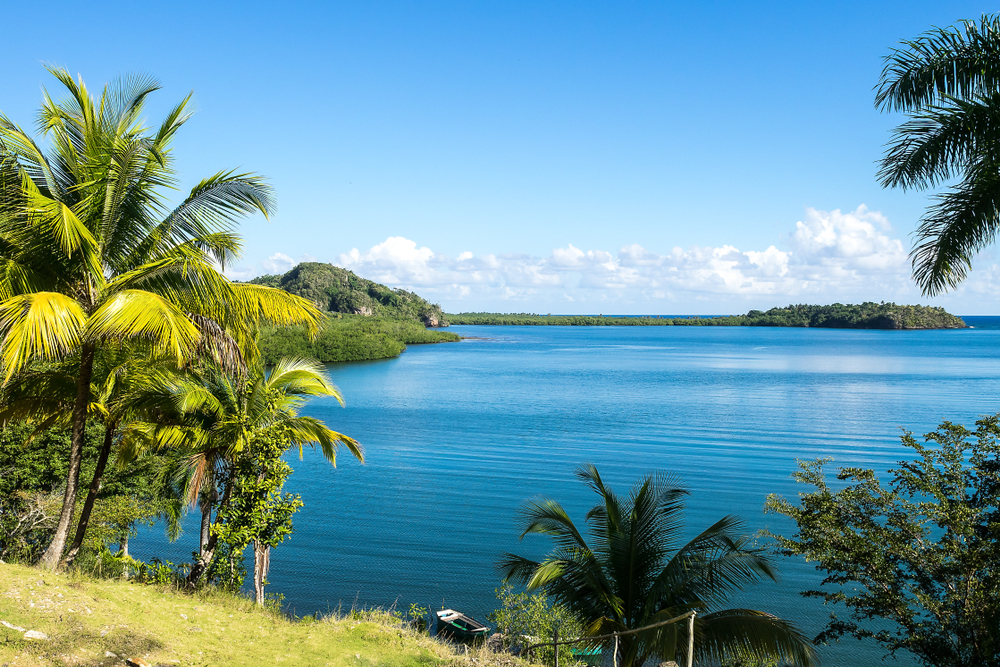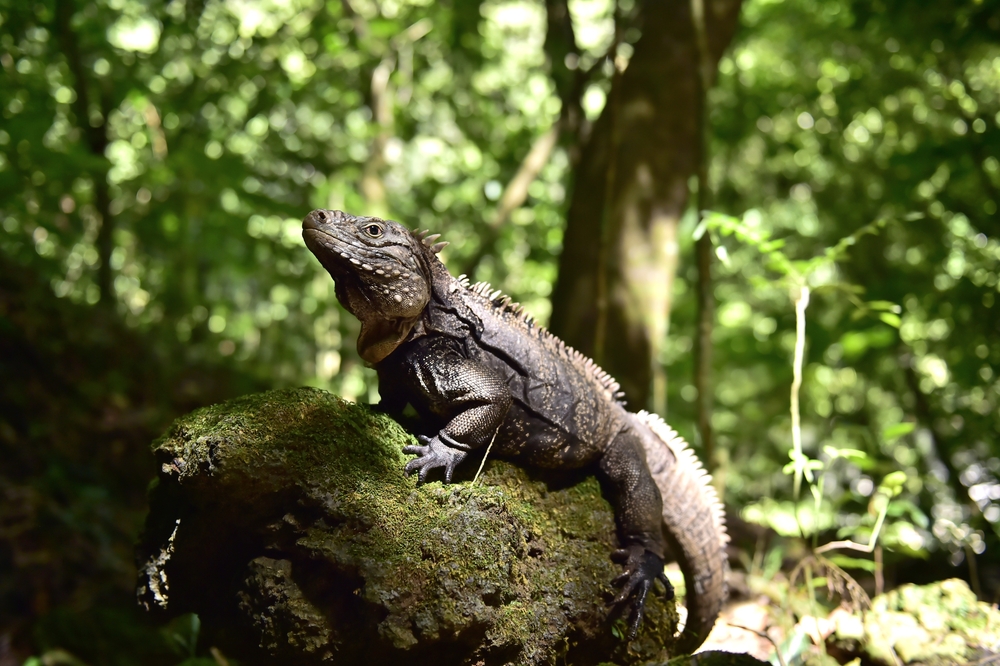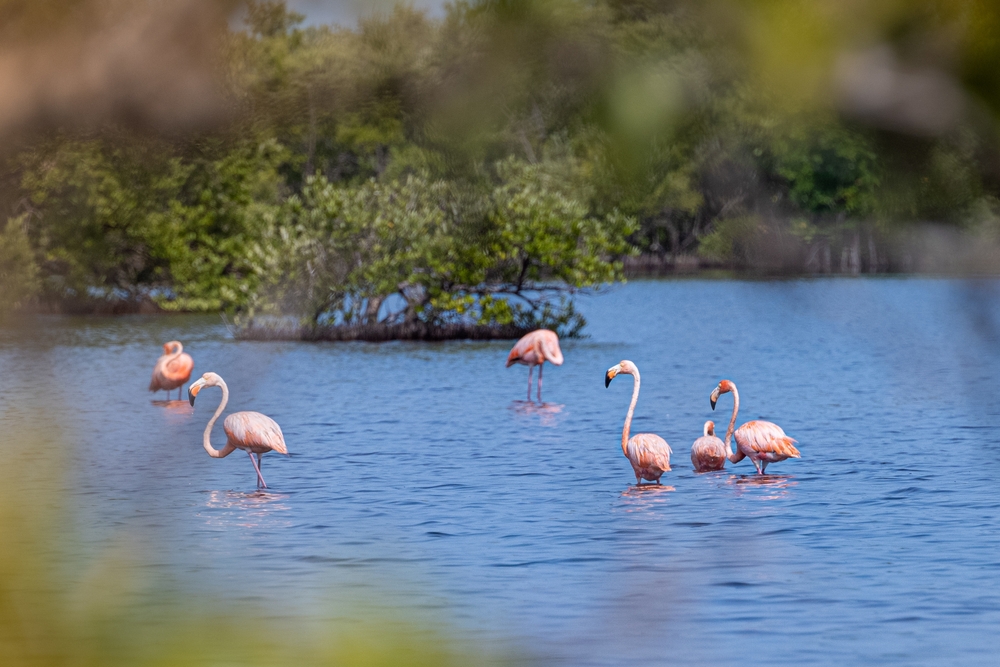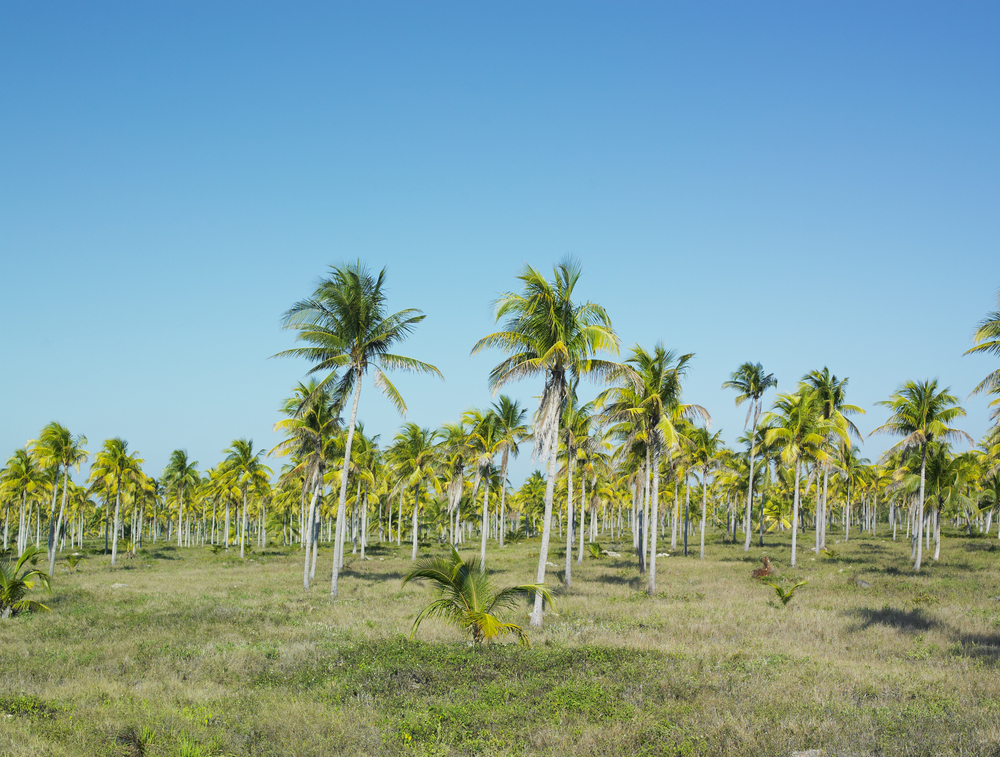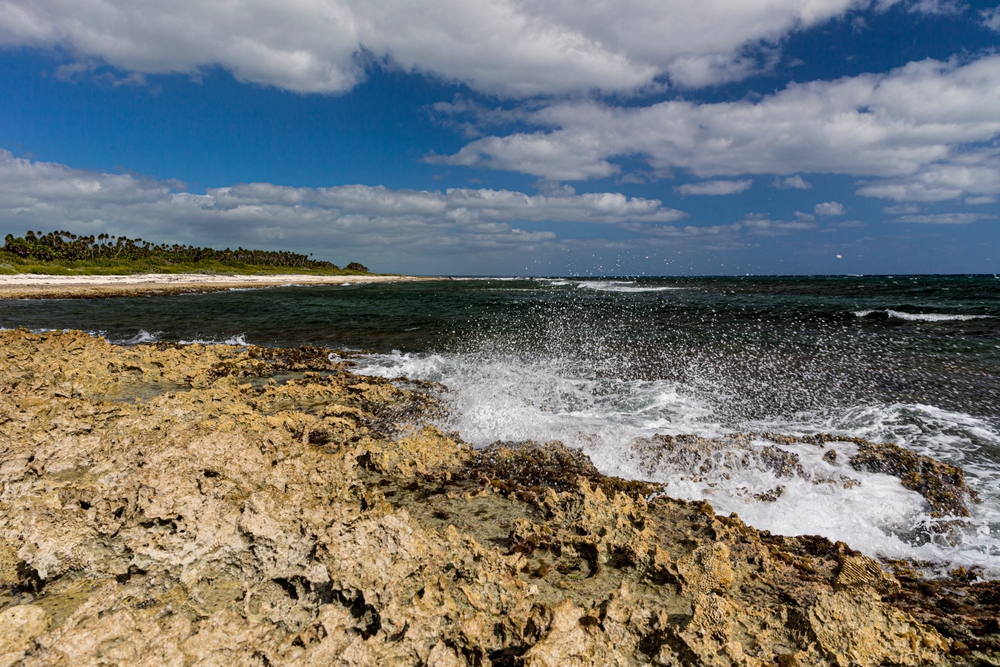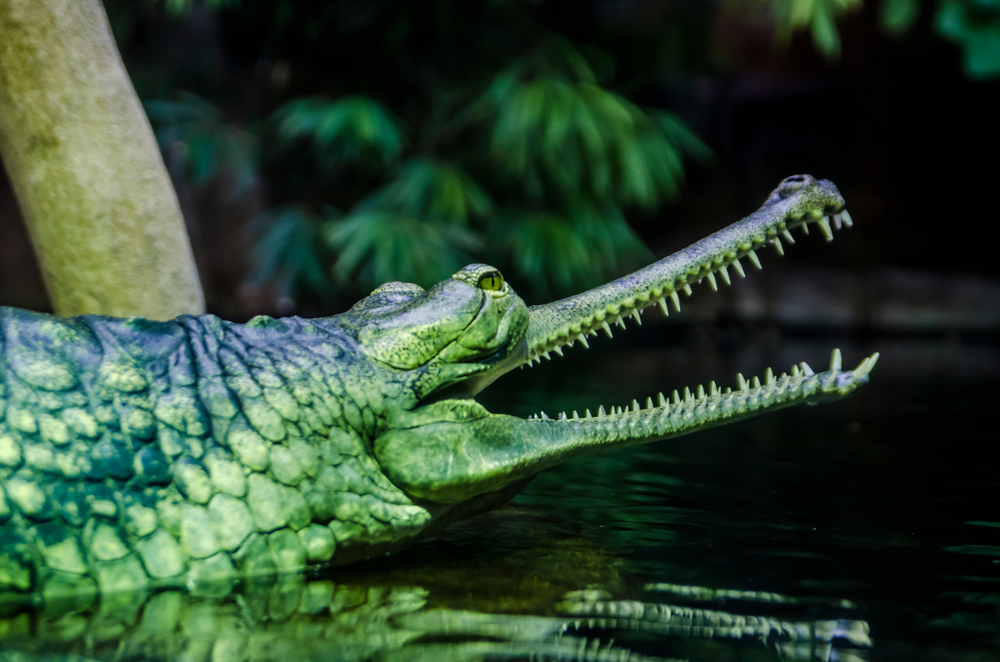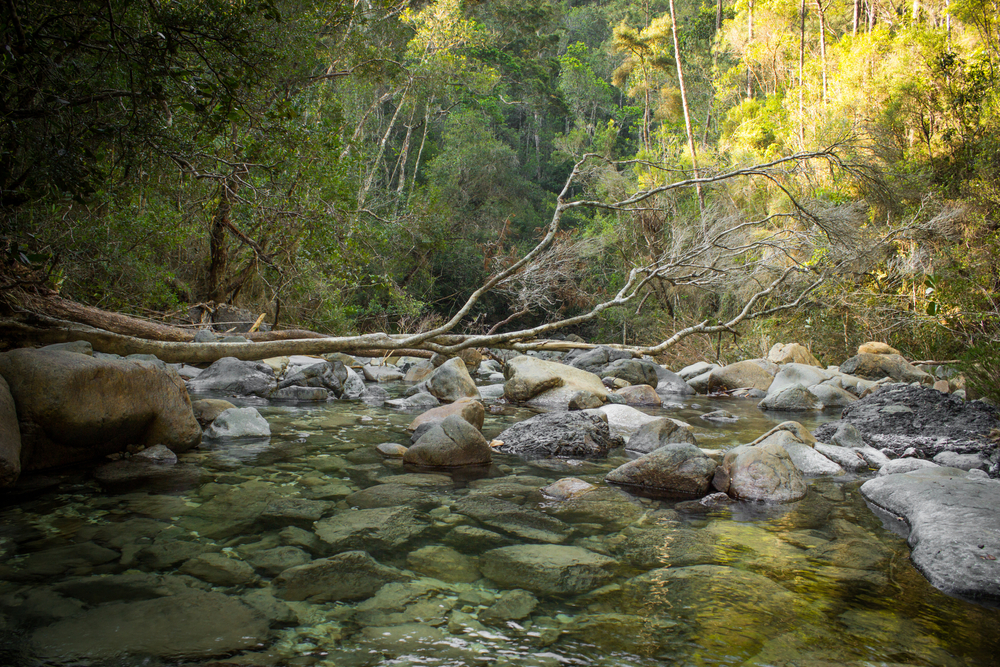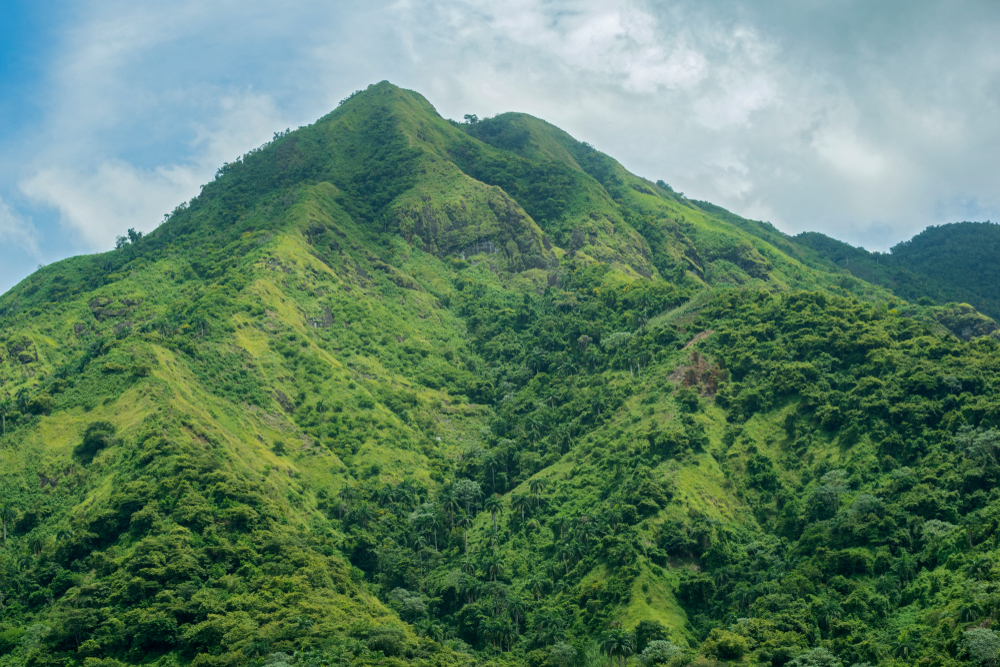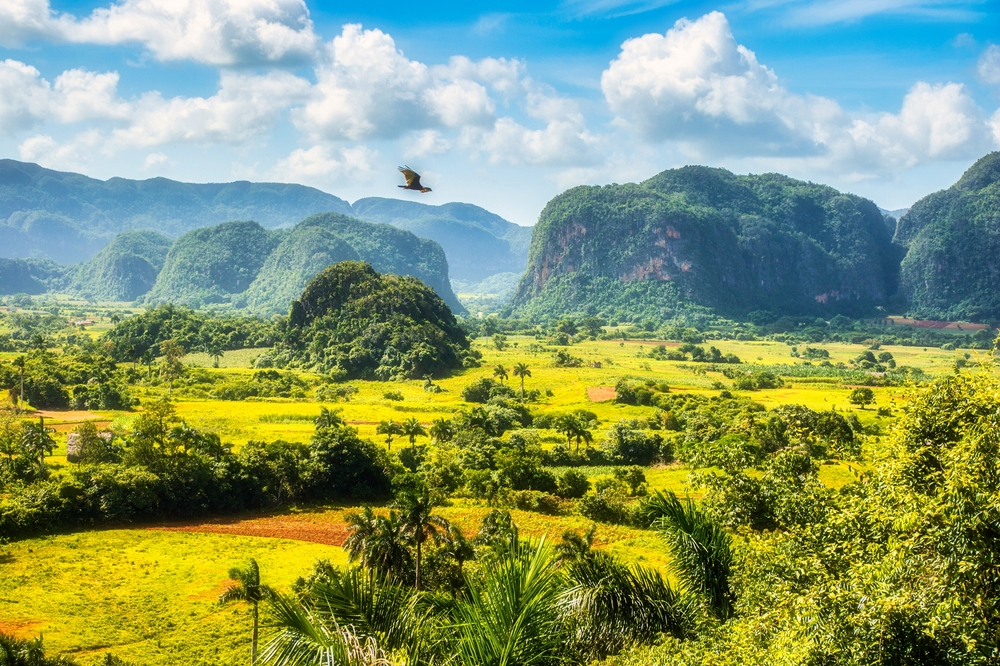Cuba is home to a remarkable array of national parks that highlight the island’s rich biodiversity, striking landscapes, and unique ecosystems. The country boasts over a dozen national parks, each offering a different glimpse into Cuba’s natural beauty, from lush rainforests and towering mountains to pristine beaches and vibrant coral reefs. These parks serve as critical refuges for endemic species, including the Cuban crocodile, the bee hummingbird—the world’s smallest bird—and a variety of rare orchids and ferns. Cuba’s national parks also play an essential role in conservation, helping to protect the island’s fragile ecosystems while supporting sustainable tourism and scientific research.
One of the most famous parks is Viñales National Park, known for its breathtaking limestone mogotes, or karst formations, which rise dramatically from the valley floor. The park is a UNESCO World Heritage Site, celebrated for its stunning scenery and traditional tobacco farms that still use centuries-old methods. Visitors can explore extensive cave systems, including Cueva del Indio and Gran Caverna de Santo Tomás, one of the largest cave networks in Latin America. Viñales also offers excellent hiking, rock climbing, and birdwatching opportunities, with species such as the Cuban trogon—Cuba’s national bird—frequenting the area.
Another major attraction is Alejandro de Humboldt National Park, located in eastern Cuba. This UNESCO-listed park is considered one of the most biologically significant sites in the Caribbean. The park’s mountainous terrain, dense rainforests, and coastal mangroves provide a haven for an incredible diversity of plant and animal life, including numerous endemic and endangered species. Scientists regard it as one of the most important sites for biodiversity conservation in the Western Hemisphere. Visitors can explore its trails, which wind through lush landscapes filled with waterfalls, rare ferns, and colorful butterflies.
Ciénaga de Zapata National Park, situated in the Zapata Swamp, is the largest wetland in the Caribbean and an essential sanctuary for wildlife. This vast ecosystem is home to the critically endangered Cuban crocodile, the elusive manatee, and more than 175 species of birds, including flamingos and the Zapata rail, one of the world’s rarest birds. The park is also a prime destination for ecotourism, offering activities such as birdwatching, snorkeling, and guided boat tours through its mangroves and lagoons.
For those seeking pristine coastal beauty, Desembarco del Granma National Park is an outstanding choice. Located on the southeastern coast, this UNESCO World Heritage Site is famous for its dramatic limestone terraces and steep cliffs that plunge into the Caribbean Sea. The park’s name commemorates the landing of Fidel Castro and his revolutionaries in 1956, adding historical significance to its natural splendor. The park is known for its extensive cave systems, marine biodiversity, and stunning coastal vistas that attract hikers and nature enthusiasts.
Cuba’s national parks face conservation challenges, including habitat loss, climate change, and the pressures of increasing tourism. However, the country has made significant efforts to preserve these natural treasures through strict environmental policies, scientific research, and ecotourism initiatives. Many of the parks remain well-protected, with local communities playing a role in sustainable tourism, ensuring that these ecosystems remain intact for future generations.










































































